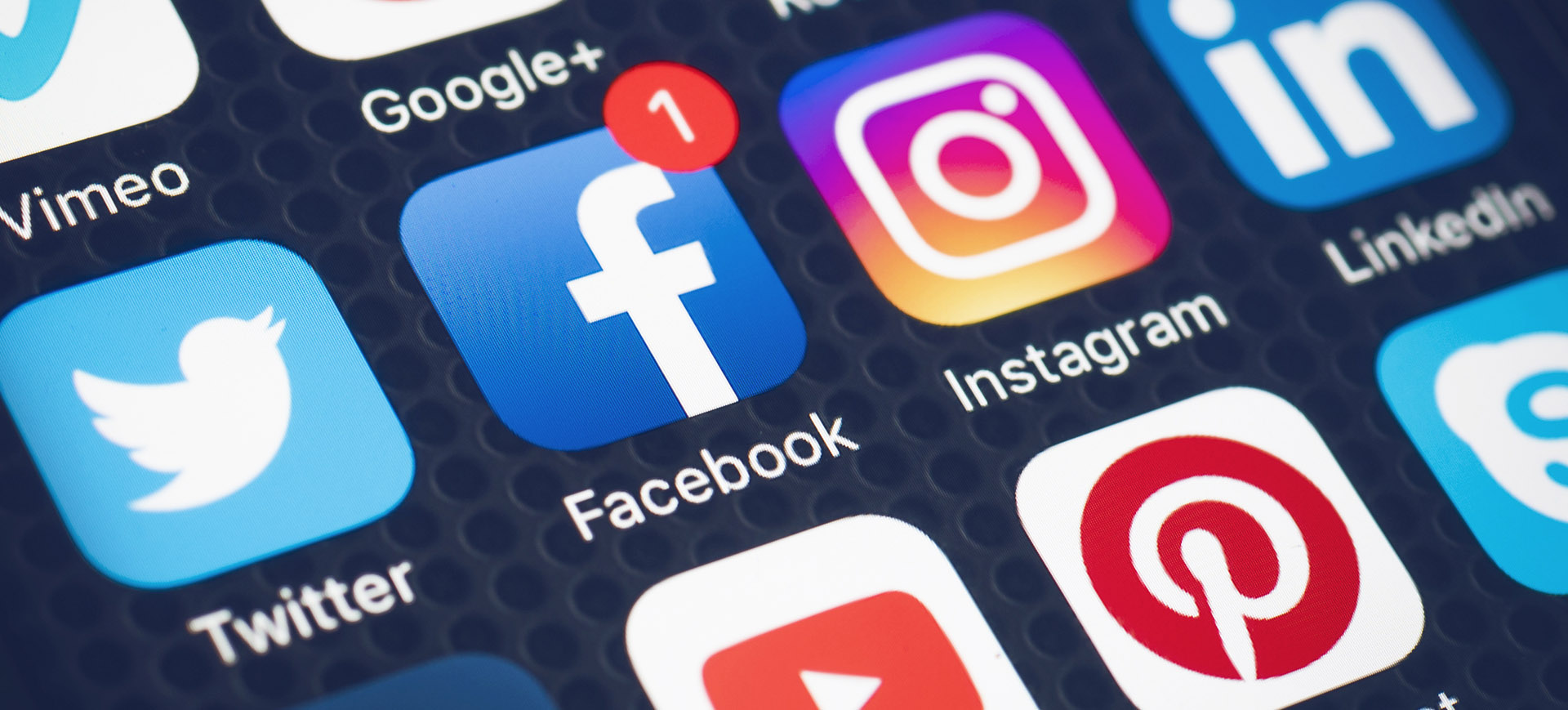Social media customer service is a practice increasingly adopted by companies to resolve customer questions or concerns. But how to improve it?
Social media customer service is highly effective because it allows customers to contact the company on the platforms they already use in their day-to-day activities.
Social media platforms are excellent for brands to build a good relationship with customers: they are a critical and rapidly growing channel of contact throughout the customer service ecosystem, complementing the telephone service and email.
It is a great way to not only hear and receive feedback from customers but also to increase brand exposure, address complaints, provide guidance, answer questions or issue refunds.
In a JD Power survey of more than 23,000 consumers online, 67% of respondents reported having contacted a company through social media for support.
Every month, 1 billion messages are exchanged on Facebook Messenger between people and companies, 1 in 3 social media users would rather have social media customer care services than telephone or email, and in the banking area, for example, the institutions with the highest rating on social media answer questions from the client within an hour.
So it is extremely important to know how to listen and even more how to respond.
But why is it so relevant for companies to provide customer service also on social media?
A Gartner study found that companies that ignore support requests on social media have an average 15% higher churn rate than companies that don’t.
Ultimately, the main objective is to offer customers an easy and enjoyable experience, to create an inclusive and useful community, to retain and expand a company’s business.
But how to improve it?

Response speed
Customer service via phone and e-mail is not normally available 24 hours a day, 7 days a week, and social media customer service has created an expectation of full availability.
In a survey by The Social Habit, 32% of social network users who come into contact with a brand expect an answer in 30 minutes and 42% expect an answer in 60 minutes. Therefore, when receiving a message from a customer, it is important to address their concerns quickly and answer their questions.
To respond quickly and on a large scale, chatbots can help. It is possible to set up triggers so that the bot answers the most frequently asked questions immediately – for example, if the company usually receives questions about location, it is useful to set up the chatbot to provide the address or even offer instructions whenever “local”, “address” or “directions” are mentioned in the chat.
Monitoring
Sometimes it is easy for some comment or reference made by an unhappy consumer to escape, but some very useful tools alert you when you are mentioned on any platform and that can help you stay on top of when and where the brand and/or company is mentioned making possible to respond to customers.
These platforms are great for marketing but equally important for social media customer service.
For example, you can create a flow for any mention of the brand with positive or negative words.
To choose questions, set up a content stream with the brand name and a question mark. Having multiple flows helps to segment customer concerns so you can prioritize urgent issues.
Brand or company guidelines
Customer service is not just about solving problems and is a fundamental tool in building the brand public image.
To achieve this, internal practices are needed to ensure that the support team captivates customers in addition to solving their problems. Having a best practice guide ensures that customer service looks not only professional but also friendly and accessible.
For example, treating people by their first name, when addressing them in a chat or a comment box helps to establish a more personal relationship right from the start.
Clear guidelines avoid intentional or accidental trends in team responses, which can cause a bad impression on the company and above all will make the responses consistent, regardless of the type of customer you deal with.
Distinguish the public from the private
Knowing how to differentiate the issues that must be resolved in public or private is crucial!
Your team should be able to quickly understand when a problem will require private resolution, such as processes that require personal information. Therefore, customer service teams should always note these occurrences in advance and invite customers to send the necessary personal data through the most appropriate channel.
On the other hand, whenever the topic is sensitive and so that the problem does not escalate publicly and has repercussions on the brand’s image, referring the client to a private commitment will always be preferable. A private conversation can be resolved conclusively, as the client has the necessary privacy to present all the details of their case.
Providing great social media customer service can build stronger relationships with customers and create more loyal customers.
Did you know that social media employment has grown as the number of users reached 3.5 billion in 2019? The employment options on social media are quite vast and there are numerous and different functions when it comes to a career in this area, one of which is customer service.
If you are interested in a career in this area, Teleperformance has several open positions and in several languages that you can consult here or here
Isn’t that what you’re looking for?
Check our website and see all the career opportunities we have available and join our team!


